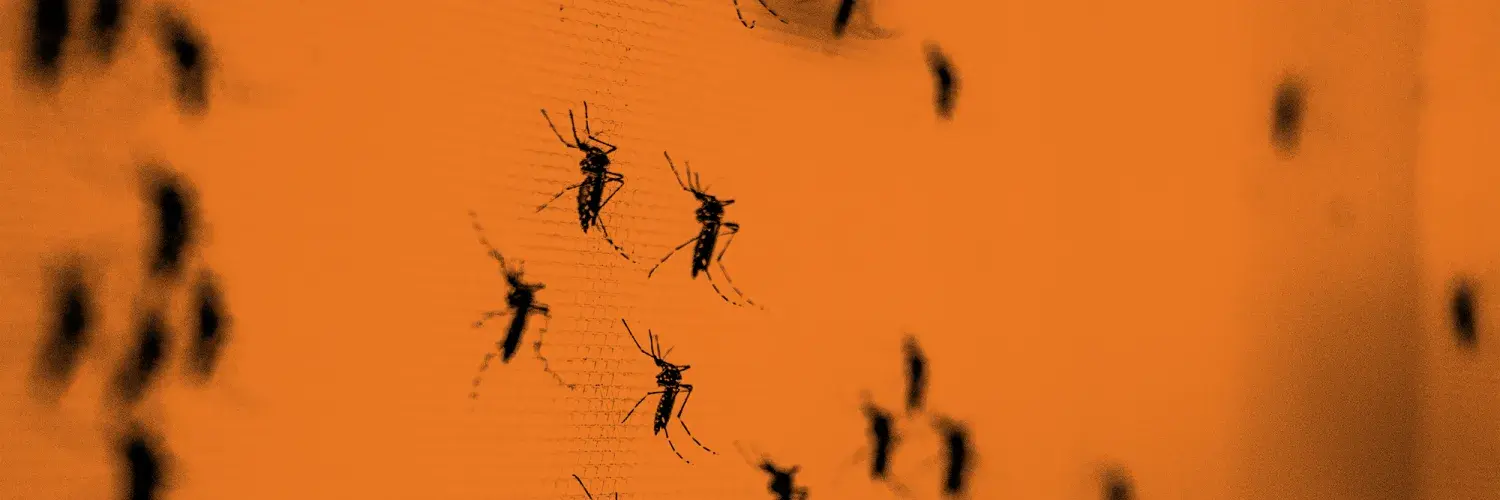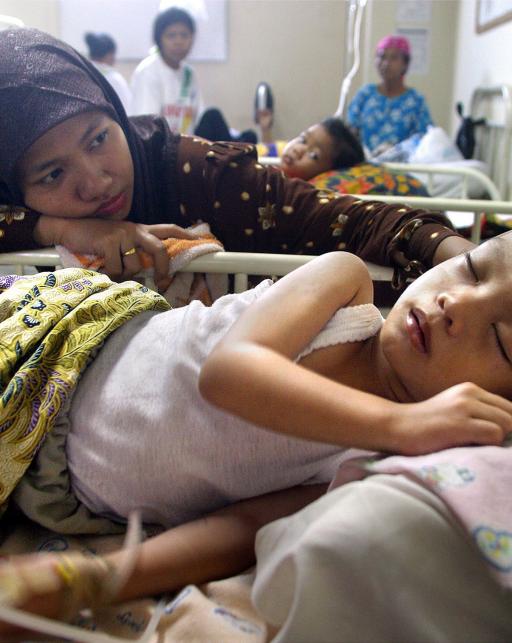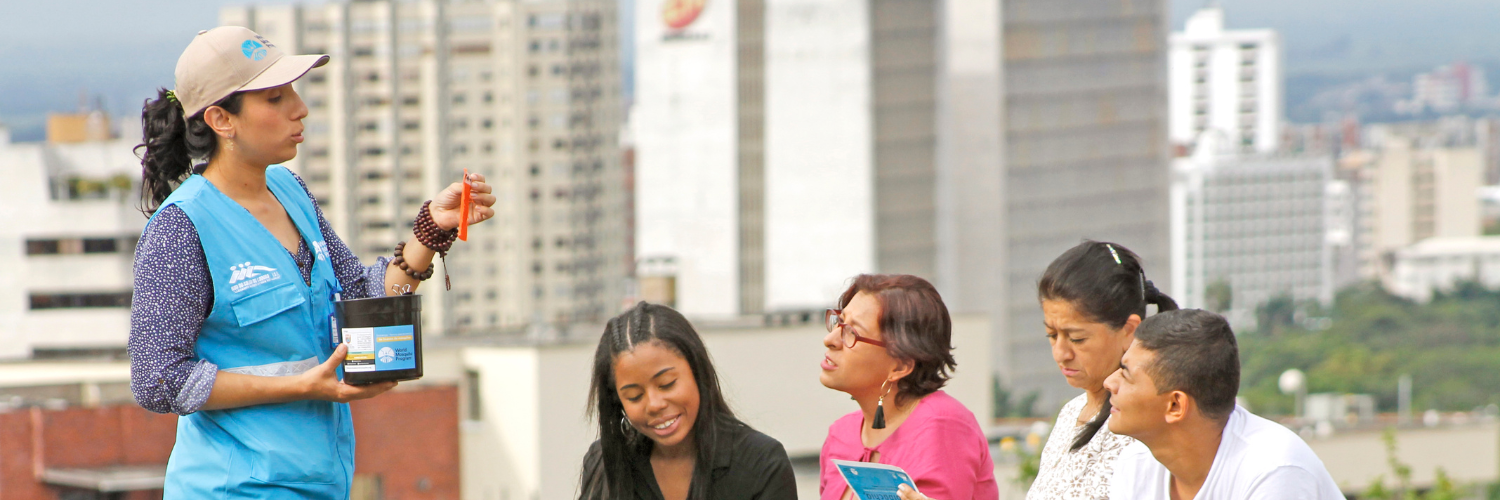Yellow fever is a viral disease of typically short duration.
In most cases, symptoms include fever, chills, loss of appetite, nausea, muscle pains (particularly in the back) and headaches. Symptoms tend to improve within five days; however, this disease claims the lives of approximately 30,000 people around the world every year. The 'yellow' in the name refers to the jaundice that affects some patients.
More about yellow fever
- 1Where does yellow fever occur?
Yellow fever is endemic across Africa and Latin America.
Of the 47 countries affected, 13 in the Americas have the highest risk of outbreaks, including Brazil, Mexico and Colombia. The World Mosquito Program has begun work in these countries in an effort to end the spread of the disease.
While the urban transmission of yellow fever by Aedes aegypti mosquitoes has not been reported in Brazil since 1942, the risk of re-urbanisation of the disease remains. This mosquito species is found in most tropical and subtropical cities in the world, and they were the main carrier of yellow fever in the past.
- 2How many people are affected by yellow fever?
According to the World Health Organization and the Pan American Health Organization, yellow fever causes 200,000 infections and 30,000 deaths annually.
- 3How does yellow fever spread?
Yellow fever can spread wherever Aedes aegypti and Haemogogus mosquitoes are present. There are three ways yellow fever can be transmitted. Our Wolbachia method provides protection against yellow fever transmitted by the Aedes aegypti mosquito, which is commonly found in urban settings, such as homes and urban areas.
Large outbreaks of urban yellow fever tend to occur when infected people introduce the virus into heavily populated areas with a high density of Aedes aegypti mosquitoes, and where most people have little or no immunity, due to lack of vaccination or prior exposure to yellow fever.
- 4How is yellow fever treated?
There is no treatment for yellow fever, other than rest and management of the fever with common medicines.
- 5How can we help prevent yellow fever?
Safe and affordable, the yellow fever vaccine is the most important means to combat the virus.
The World Mosquito Program’s Wolbachia method could potentially help to reduce yellow fever transmission, as well as other viruses transmitted by Aedes aegypti mosquitoes, such as dengue, Zika and chikungunya.
Fact sheet
Download this information about yellow fever, its symptoms, treatments and prevention techniques.




